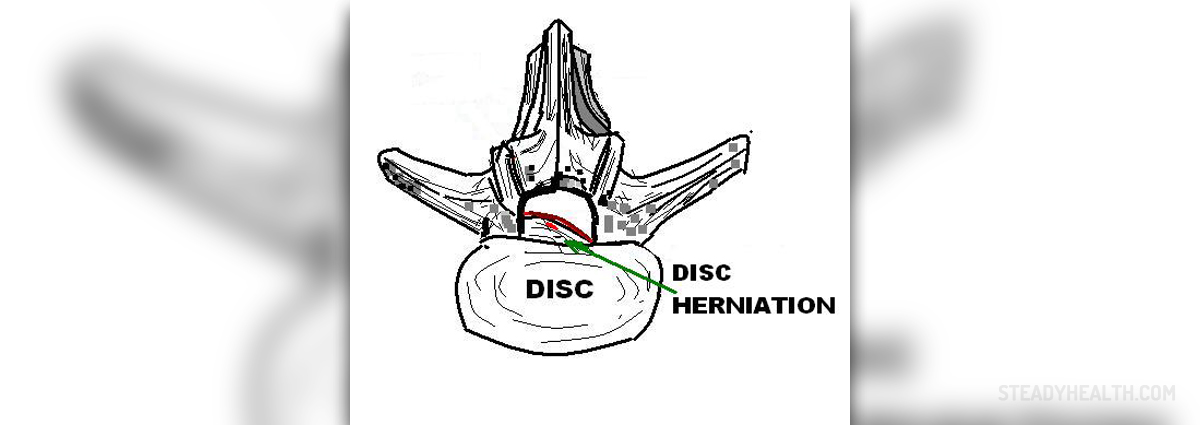
Herniated disc problem
One location in the spine where herniated disc occurs does not exist and a person can experience this problem in any part of the spine. However, in a majority of situations this condition is usually seen in the lower part of the back, which is called the lumbar spine. Apart from lumbar spine, herniated disc is also often seen in the neck and sometimes in the upper back or the thoracic spine.The experts have discovered the actual causes that lead to this condition of the spine. Wear and tear of the disc is the cause that develops as a person grows older and it is considered to be a natural cause. With the years gone by the discs are no longer as flexible as they used to be due to the fact that they have lost the fluid and become dry. Injury of the spine is the most often seen cause of herniated disc if the person has not yet become too old. A trauma will lead to development of cracks in the outer layer of the disc. Because of the crack the disc will eventually protrude and either break open or break into pieces.
It is not that uncommon for someone to experience no pain even though he or she is suffering from a herniated disc. When the damaged discs place pressure on the nerves a person will usually experience pain, numbness and weakness in that area. These sensations are mainly felt in the buttock and down the leg as herniated disc develops in the lower part of the spine most often. This symptom is also known as sciatica and it is considered to be the symptom that is seen most often in case of herniated disc. At first sight of this symptom a person should go to the hospital in order to receive treatment. However, if a person experiences weakness or numbness in both legs and loss of bowel or bladder control, he or she should go to the hospital straightaway because these are the symptoms of a pretty serious condition. The condition is known as cauda equina syndrome.Physical therapy for herniated disc
Before the treatment for the herniated disc can commence the doctor needs to diagnose the condition first. The diagnosis is being made with the doctor asking certain questions about the symptoms and performing a physical exam. In some situations an MRI and a CT scan are needed in order for a proper diagnosis to be made.The good thing about herniated disc is that the condition heals on its own and the patient feels better after several weeks or months. However, there are some things that will help speed the process of recovery. Rest is recommended only in case of severe pain. Otherwise, a person should remain active. Heating pads can be used on the area that is affected for several times during a day. A warm shower helps as well. Ice packs are a good treatment option and placing ice packs on the injured area should be done for up to 15 minutes several times per day as well. If the pain is too much to bear, the doctor can prescribe or recommend certain medications to relieve it.
Certain exercises recommended by the physical therapist should be performed as well. Physical therapy plays a significant role in the treatment of herniated disc. Physical therapy is usually advised if the pain does not subside after a month or so. It is essential that the patients do not perform the exercises on their own and before talking to the experts as they can only make the situation worse.Two factors are a part of almost every physical therapy treatment. The patient will be educated and trained in correct movement and certain exercises that aid the patient in keeping the spine in neutral position while performing everyday activities will be performed.
If the back pain is acute the exercises are not recommended as they are not beneficial in that case. However, they are beneficial if the pain is chronic. Repeating the same exercises over and over again will help a person to better flexibility, gain endurance and make the muscles that support the spine stronger. Low impact aerobic exercises and yoga are only some of the exercises that the patient will perform with the therapist.

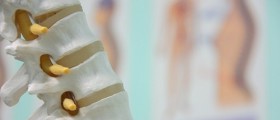
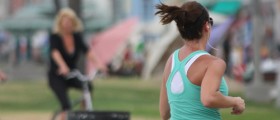

-Causes,-Symptoms,-Diagnosis,-Treatment_f_280x120.jpg)





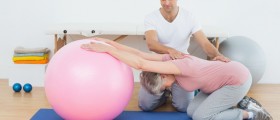

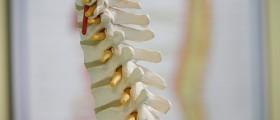
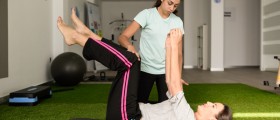


Your thoughts on this
Loading...